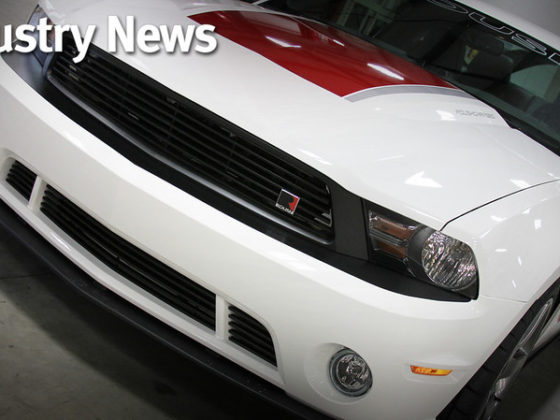,
Carburetors
A carburetor is an example of a mechanical (as opposed to electronic) control system. It is, for the most part, an open-loop system. (Some domestic manufacturers in the late ‘70s and early ‘80s experimented with using closed-loop electronic control systems to regulate carbureted engines, with little success.)
 |
|
The venerable Mopar “Six Pack” consisted of three two-barrel carburetors on a “high-rise” intake manifold. Old-school, open-loop, mechanical control systems at their finest! |
I’m discussing carburetors, because they’re a great example of an open-loop system. They are completely unable to compensate for changing conditions, such as humidity or altitude, and must be readjusted for any sort of modification done to an engine.
I’m not going to get into a lot of detail on how a carburetor works here, but the main portions of a carburetor are the throttle plate, venturi, and the fuel jets.
 |
| While a carburetor is considered to be a relatively simple device this exploded view shows that they are not necessarily simple in their construction. |
Air flows into the engine through a venturi, which is simply a narrower portion of the throttle tract. The narrowness causes the incoming air to accelerate, creating a vacuum. The jets are located in the venturi, and the vacuum created by it sucks fuel into the airstream. The throttle plate is connected to the gas pedal and controls the amount of air entering the system.
The carburetor’s jet size must (obviously) be set with the engine off and the carburetor removed and disassembled. This means that the engine can only be “tuned” for a particular set of conditions. If the car is operated at a much higher altitude, the carburetor must be re-tuned. If intake or exhaust work improves the airflow efficiency of the motor, the carburetor must again be re-tuned. Furthermore, the carburetor has no way of knowing if the engine is running lean or rich. It will happily keep dumping the same amount of air and fuel into the engine, regardless of what is actually happening within the cylinder.
 |
| Simplified diagram of a carburetor. |
There were further refinements of the carburetor, such as multiple throttle openings (“barrels”) and using multiple carburetors with progressive or “intelligent” linkages. However, the carburetor is still, at its heart, an open-loop control system.
The Modern Fuel-injection System
One of the first gasoline automobile motors to use fuel injection was the 1957 Chevrolet Corvette, although it was actually an open-loop system that operated very similarly to carburetors. Since then, fuel injection has almost completely replaced carburetors, and for good reason. It is far more reliable and consistent than a carburetor can ever be. This is due in large part to the closed-loop control systems used.



